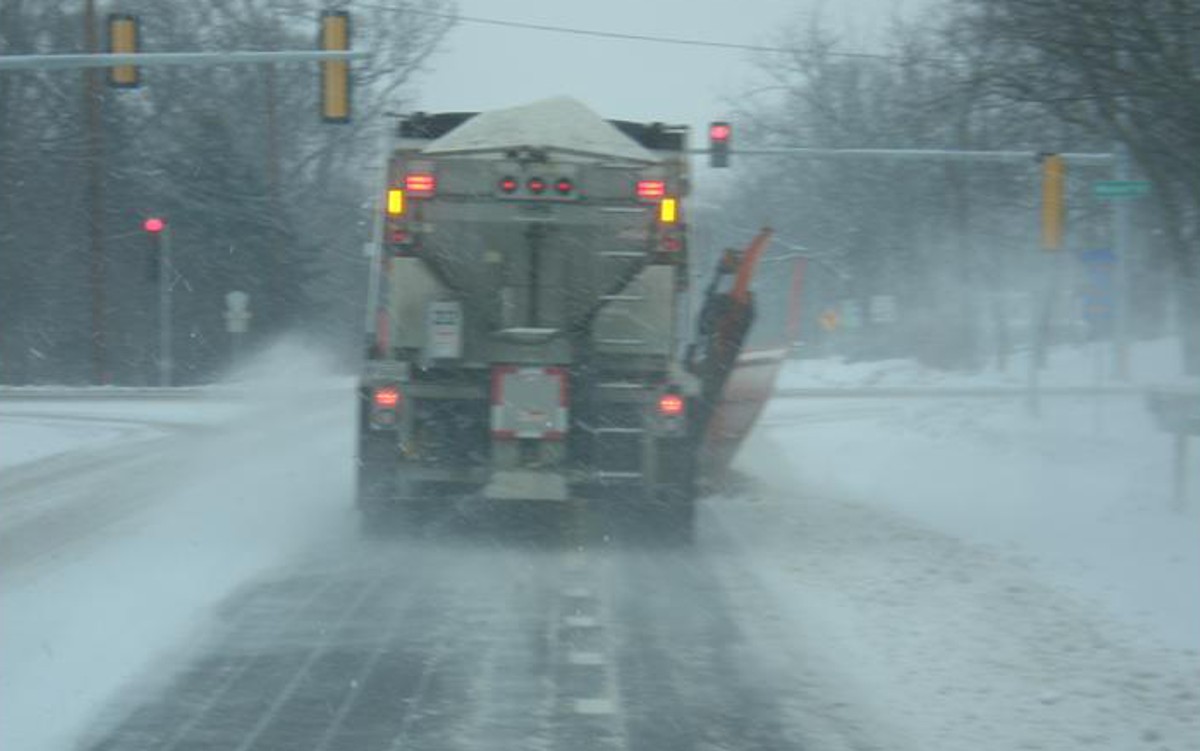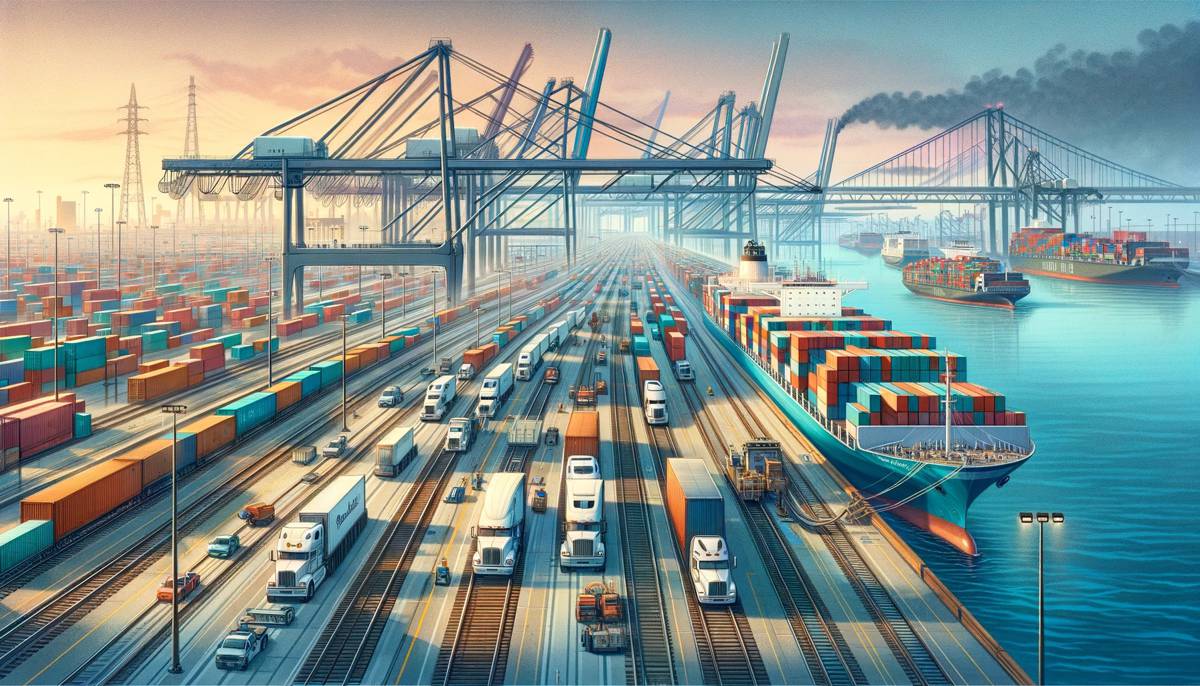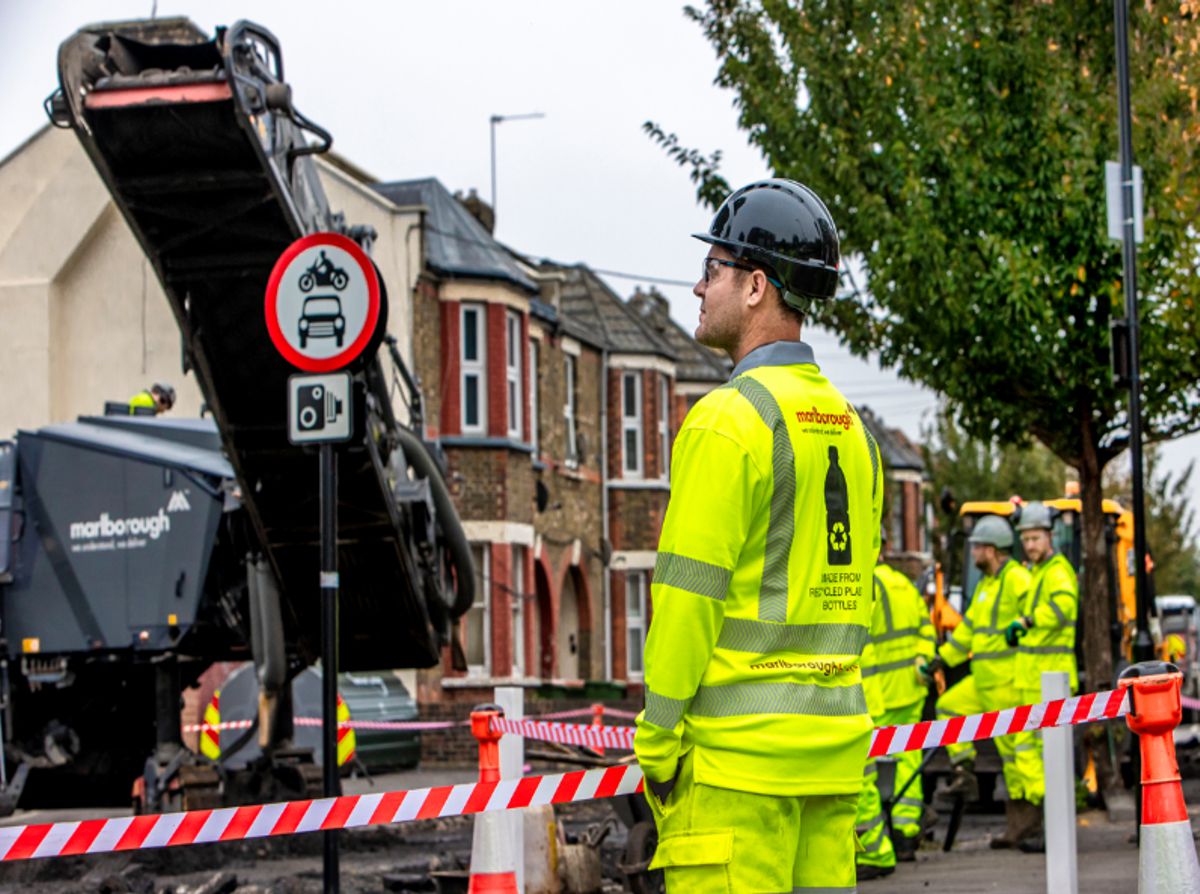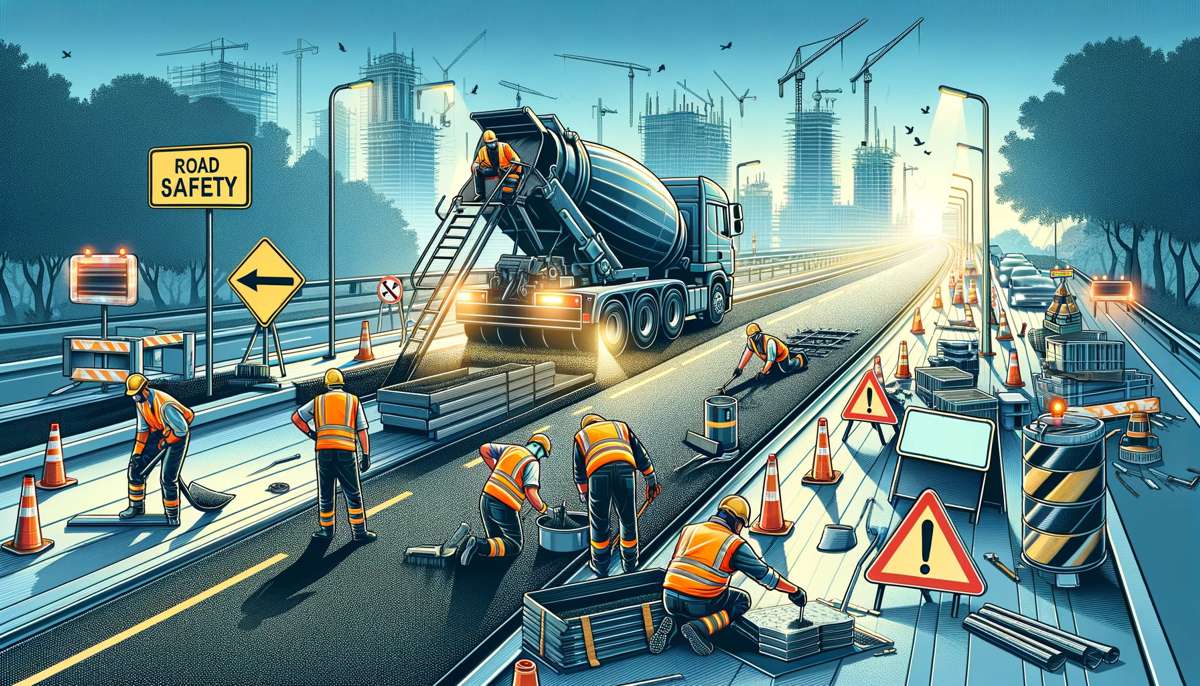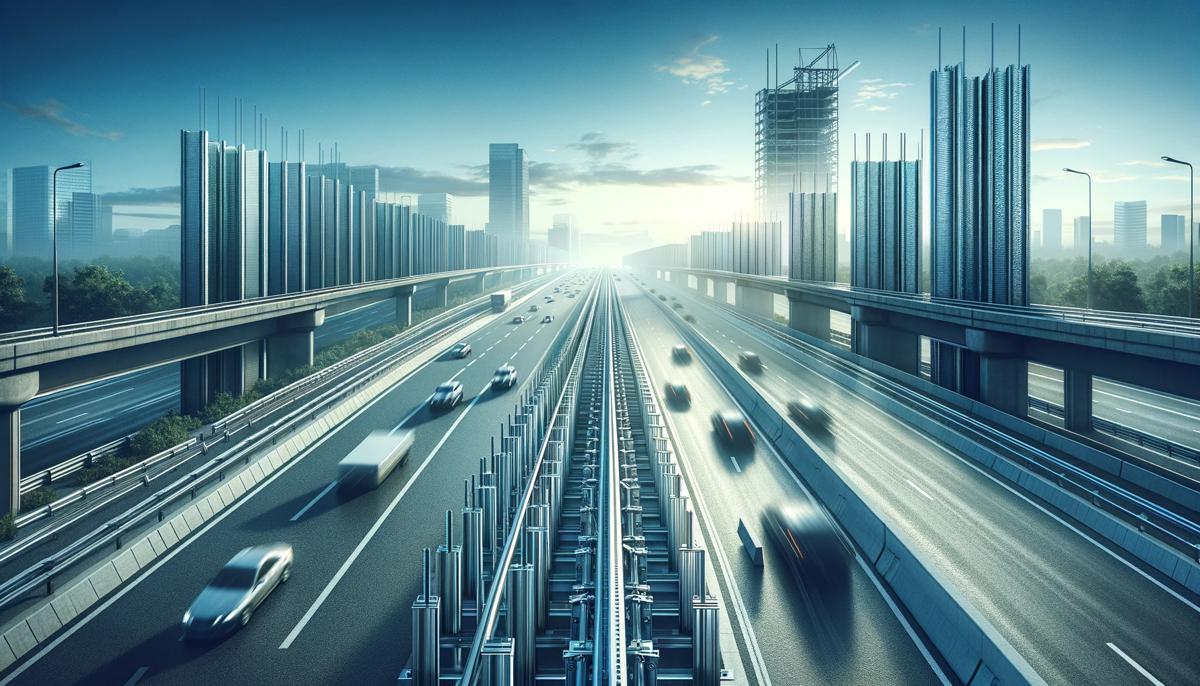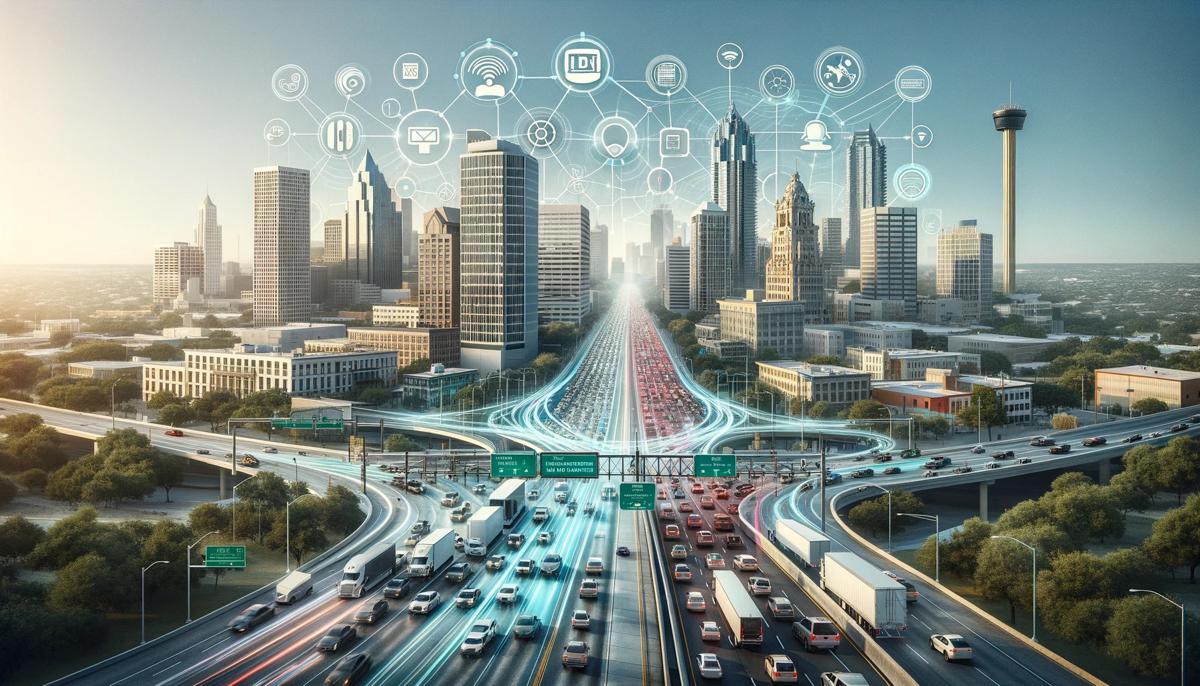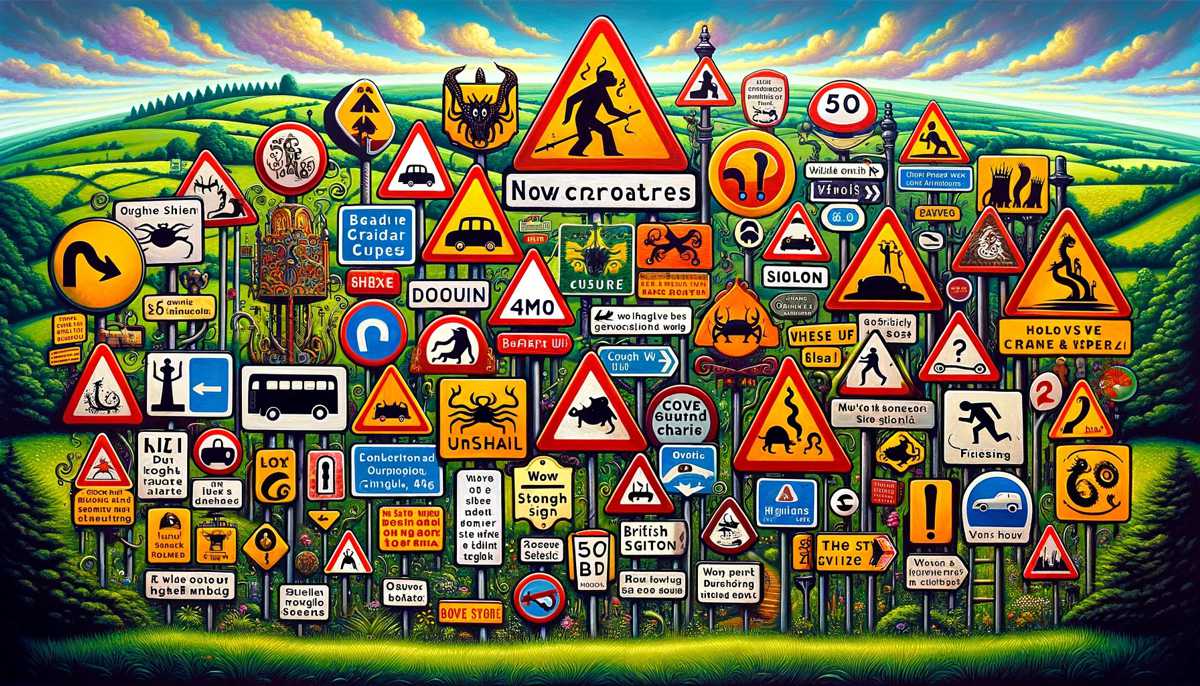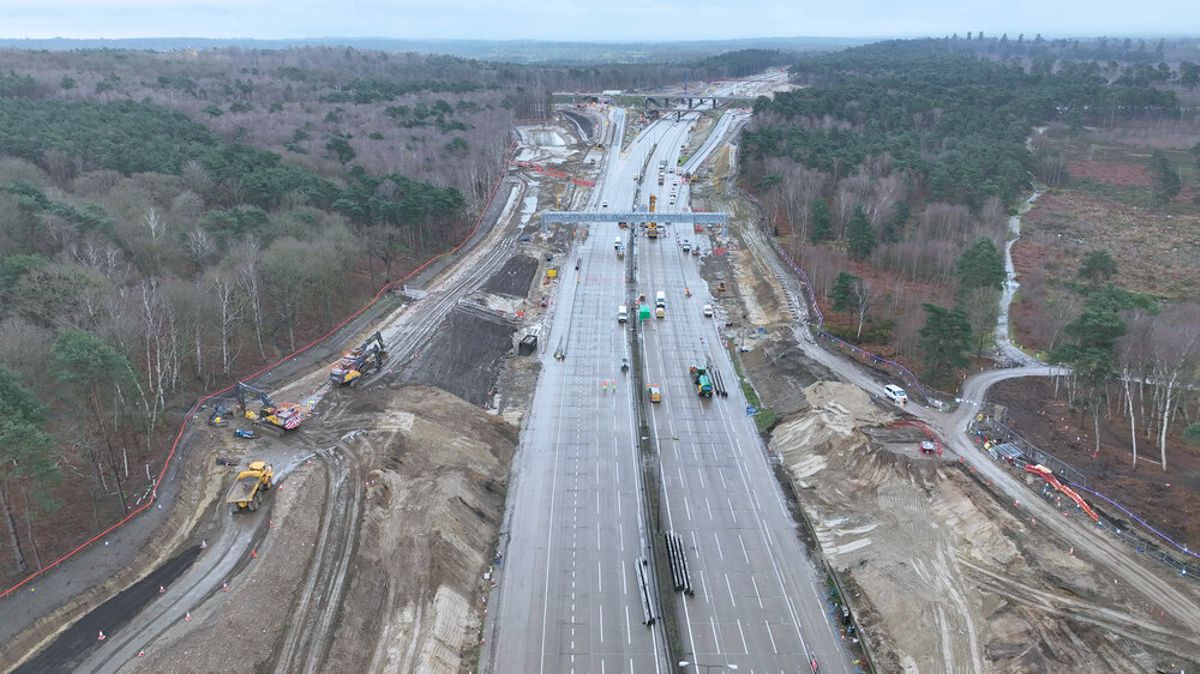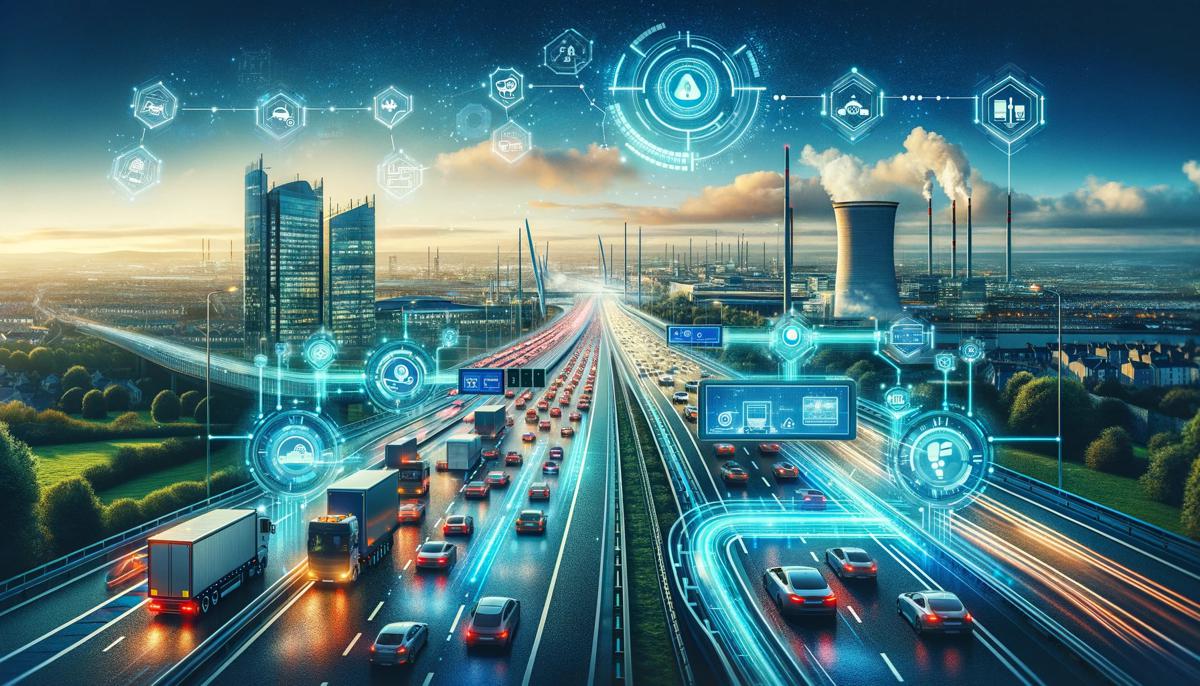Asian Development Bank putting Chinese commuters into the fast lane
ADB Project – Hubei-Yichang Sustainable Urban Transport Project
A new bus rapid transit system is cutting down traffic and pollution in Yichang, People’s Republic of China, while giving people a renewed sense of pride in their city.
- Putting Chinese Commuters into the Fast Lane
- The number of vehicles on Asian roads doubles every 5 to 7 years.
- In some Chinese cities, bus rapid transit systems are the solution to traffic and pollution problems.

Yichang, People’s Republic of China – Not long ago, it was difficult for 23-year old retail assistant Du Hua to get around this bustling provincial city. “Traffic was bad,” she recalls.
“Before the system was put into place, busses were the cause of traffic in the city, not the solution. Now the traffic flows faster.” Chai Jun Qing
Sitting along the Chang River, the city of Yichang has a buoyant local economy propelled by chemical and food industries. This creates a lot of traffic.
To address the problem, the city government partnered with the Asian Development Bank to establish a “bus rapid transit” system that created dedicated lanes where clean, modern, and fast-moving busses could cut through gridlock. The popular new system opened in 2016 and has 19 lines. Parking management was introduced along the system corridors and pedestrian paths were reclaimed for bus users and others.
Around 260,000 people use the new lines daily, accounting for just over 40% of all bus trips in the city, saving an average of 15 minutes per journey while reducing the amount of greenhouse gasses emitted into the air.
Before the system was put into place, busses were the cause of traffic in the city, not the solution, says Chai Jun Qing, Deputy General Manager of the Yichang Bus Company, which runs the system service. “Now the traffic flows faster.”

Asia’s Increasing Gridlock
Cities are a critical part of Asia’s economic strength. Each year about 44 million people move to cities across the region, equivalent to about 120,000 new arrivals each day. The draw is clear, as cities generate about 80% of the region’s gross domestic product, attract investment, and create jobs which in turn help reduce poverty. But this influx and economic activity also creates a lot of traffic and pollution.
The number of vehicles on Asian roads doubles every 5 to 7 years, and road congestion already costs an estimated 2–5% of gross domestic product annually. The region’s cities also suffer from some of the highest air pollution levels in the world, with as much as 80% attributable to transport.
The People’s Republic of China is one of Asia’s countries most affected by this phenomenon. According to a study by the ADB Institute, urbanization in the country rose from 19.4% in 1980 to 52.6% in 2012. The trend is set to continue and by 2030 an additional 300 million rural residents are expected to move into cities.
ADB is working with the PRC government to develop modern urban transport systems, aiming to increase public transport passengers by 5% per year during 2016–2020. Bus rapid transit systems, such as the one in Yichang, the second largest city in Hubei province, are an important part of this effort.
An Urban Makeover in Yichang
In Yichang, the construction of the new bus rapid transit system was an opportunity to improve road safety as the new bus drivers were re-trained and had to pass an examination before being hired.
“I have been a driver for 30 years and accidents were common before the system was introduced. Now things are good,” says Fu Gao Jun, a 50-year-old bus driver. “I attended several training programs and also received an award for being a good driver.”
Introduction of the new system also provided a chance to overhaul the city’s road system and urban environment with long overdue improvements.
“Roads were in a poor state before the system and water pipes needed to be replaced,” explains Chen Junsong, Chief Engineer at the Yichang Municipal Urban Construction Investment and Development Group, which implemented the project. “Through the construction work, we were also able to modernize the city.”
Article by Giovanni Verlini, Communications Specialist (Digital) at ADB’s Department of External Relations.




